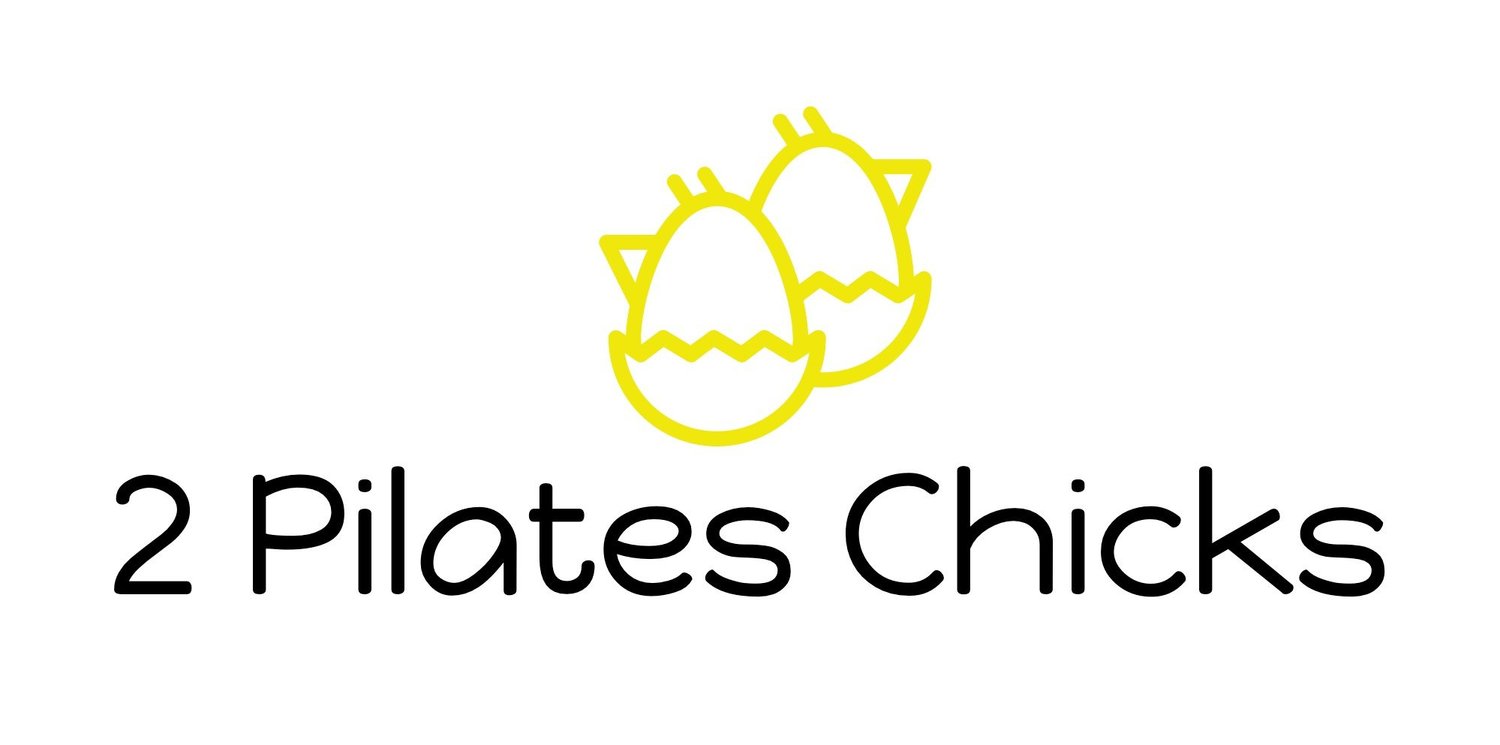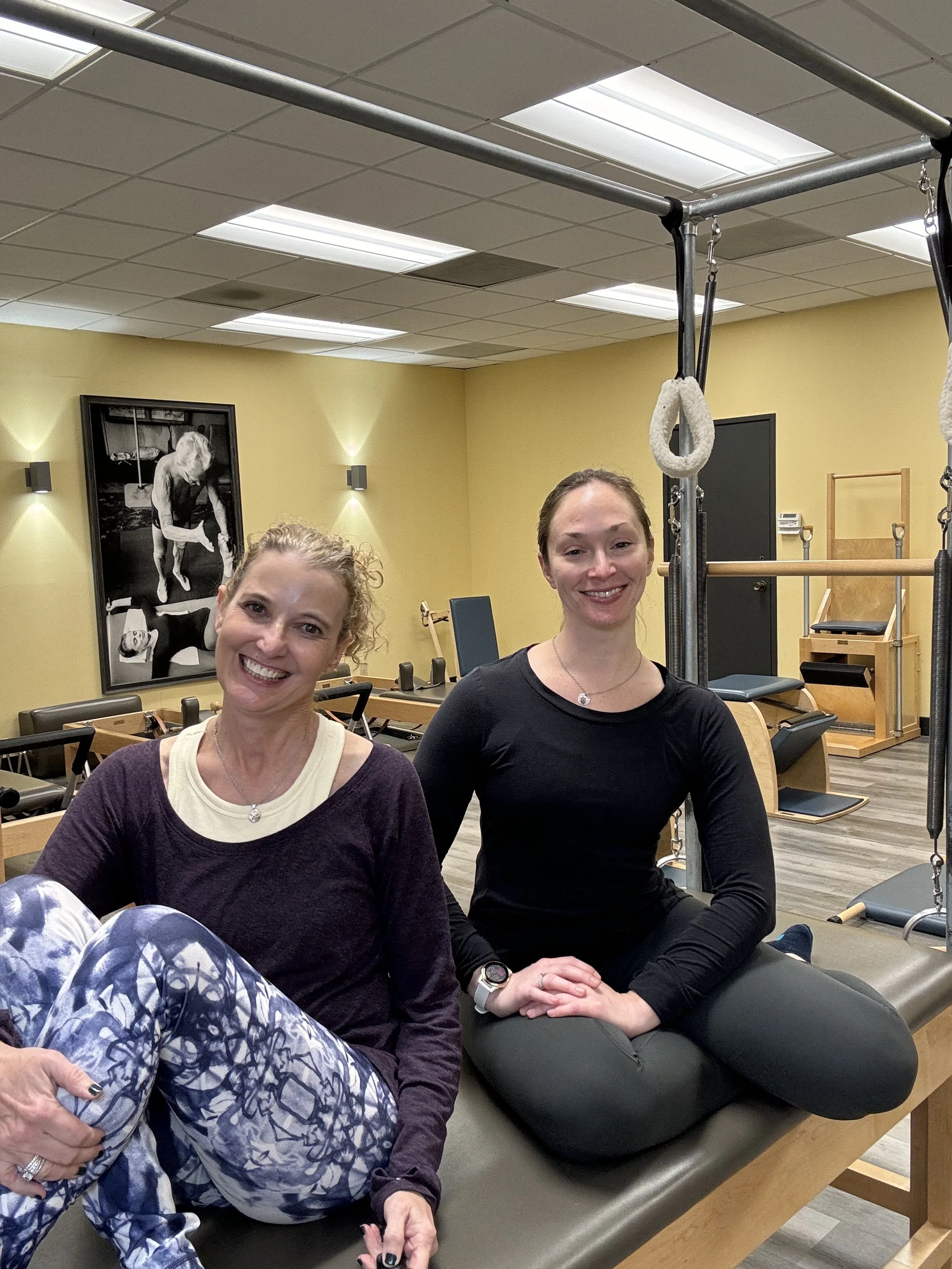The Differences for clients with Pilates and Rehab
How does the Pilates setting differ from the rehab setting for clients? Why are clients confused with the cues and focus points when working in both settings simultaneously? How do we differentiate between them while in the Pilates studio?
In Season 5 Episode 9 “Cueing Differences in Pilates and Rehab” we discuss the differences between clients working in a Pilates studio and a rehabilitation clinic. While Pilates and Physical Therapy are complementary, there are some distinct differences in cueing and focus points within each. With these differences, it's not uncommon for clients working simultaneously with practitioners in both settings to become confused. Both practitioners and clients need to take into consideration the differences in approach and cueing, even though the end goals are the same.
Overall, the most generalized difference in Pilates cueing versus rehab cueing is the focus on full-body movement versus specific body parts. Generally, in Pilates, the client will be focusing on full-body movement, full-body integration, action cues, and oppositions. In physical therapy, a client will be tasked with focusing on a body region more specific to the site of injury or pathology, and movements and exercises will be focused on re-loading and training that specific region. In rehab, the client/patient will eventually progress to integrate the injured site into more full-body movements after the acute phases of therapy, and will gradually work into sport-specific training and finally into full activity.
There are Pilates teachers who have rehab credentials and work with clients in a rehabilitative manner with Pilates, and in that scenario, their cues and focus may slide between the two specializations of rehab-focused work and the generalized Pilates movement. Pilates teachers should always be open to communicating with a client's Physical Therapist or other allied health team to remain aligned. However, any Pilates teacher must always be aware of remaining within the scope of practice, specific to Pilates along with any other credentials or licenses the practitioner may have.
In any setting, cueing can change drastically based on the individual's needs in the session, how they're responding to the movements, and how they are progressing. Both teachers and therapists are always adapting to the person, watching, and listening.
What are the specific differences between Classical Pilates sessions and Physical Therapy?
In the PT setting the clients are focused on a specific body region. They will hear cues to engage a specific muscle, to connect to that area, or to initiate the movement from that muscle. These cues will be heavily anatomy-based for the client to understand where their possible muscular weakness is if there is hypotonic or hypertonic activity, where some muscles may be inhibited while others are taking over the action or guarding. The PT may focus on measuring degrees of motion at specific joint angles to increase the range of motion (ROM), to gain more degrees of flexion or extension at a joint that has been injured or after surgery. A PT may also focus on client education on pain response and how to bump up into the pain or they recommend pushing through a certain level of painful stimuli to desensitize or limit sensation in the region.
In the Pilates studio, the clients are cued through full-body integration, working on rebalancing everything through the flow of movement and letting the body find its range of motion and adapt through the exercise. Instead of telling a client to squeeze a certain muscle or to focus on a specific body part, Pilates cueing tends to focus on action cues to focus on reaching for something, pulling or pushing through, using the spring resistance as feedback to find the movement and proper initiation. Then, cues are layered to make adjustments and corrections based on what the teacher notices from how the client physically responds through the movement.
What are the similarities between Pilates and Physical Therapy?
Even though the cueing in Pilates and PT is focused on different specifics, the goals are the same for the client to improve well-being through healthy, pain-free, functional movement, to re-gain autonomy, and to re-educate the body to be able to do full-body movement safely and pain-free. Many of the exercises used in PT are also used in Pilates, and many rehab clinics use reformers or even fully comprehensive Pilates equipment to re-educate the client through injury.
An exercise such as the Bridge is used often in both PT and Pilates. This is a very versatile exercise used in rehab for many issues such as pain or injuries in the knee, hip, or lower back. The cue in a rehab setting might ask the client to squeeze the glutes, press up from the glutes, hold while maintaining sensation in the glutes, and return. In Pilates, the cueing might ask the client to press into the arms and keep the chest open, reach through the knees, press the head back into the mat, and extend the hips to the sky.
All of these cues achieve the same result of the client activating the glutes, but in Pilates, the other layers will often be the focus versus discussing the anatomy. While the verbiage and focus may be different, we're working toward the same goal, and it can be extremely beneficial for clients to have the experience of each. It can initially be confusing for the client as they will think these are different things, but it's important to help them understand we're working on the same goal from different approaches.
How does it all come together?
When a client is working simultaneously with a physical therapist and a Pilates teacher, ideally everyone will be in communication, working together to help the client progress. Pilates teachers should follow what the PT guidance is, while also allowing the client to move in other ways to give the client the best practice possible. Pilates teachers can go through the PT exercises with a client, giving them the time to complete their rehab homework, and focusing on similar movements on days when the client has not also attended a rehab session. When a client comes in for a Pilates session on a day when they also have seen their PT, the teacher can focus on other areas of complementary movement to avoid overloading the site of injury.
Often, when someone is injured or in pain, their focus will constantly be on the site of injury and how they are inhibited, or what they are afraid of doing. In Pilates, moving a client through a flow, focusing on other regions of the body, and encouraging safe, full-body movements can help the client start to feel encouraged that they can still do things even though there is an injury or pathology present. This can minimize the feeling of being fragile and broken even when they haven't yet graduated from physical therapy.
When a client graduates physical therapy and returns to Pilates, we should still be aware of their injury history, and any contraindications, but we don't want to limit them based on that. We want to instead begin rebuilding their confidence in movement, full-body capacity, and physical strength. We want to help them focus on moving past feeling limited, decrease the fear of movement for re-injury or pain, and reduce the thoughts of getting fixed or of what is wrong with the body.
For the client, returning to the Pilates studio may be the moment they realize how far they have progressed in physical therapy from the initial phase of injury or surgery. By integrating into the full-body movement, or returning to exercises they hadn't done in a while, they realize they can move again with significantly less pain, less guarding of the region, and confidence in themselves.
Every client will be different in how they experience pain and sensation, how they respond to movement, and how long it takes to recover from injury. Teachers should always continue following guidance from the PT, stay updated with evidence-based practice, and focus on what the client needs at each phase of their rehab journey to be able to guide the client safely and effectively, regardless of the type of cues the practitioner uses.
We want to give the client the knowledge and confidence to take the tools they learned in rehab into the Pilates studio to be able to simply focus on getting back to enjoying their movement practice.




